|
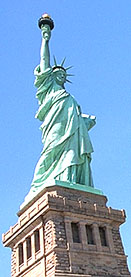 |

Forensics of Auto
Collision and Fraud Investigations Part 1
Failed,
traffic-safety events are important and often have life-changing impact
for victims. Yet, local law enforcement officials frequently trivialize
such events. After the evidence from such events has been cleared away,
reconstruction of what occurred becomes a complex issue. Third-parties
(e.g., insurance investigators, attorneys, independent certified
medical fraud investigators) are left to rely on the descriptions of
little-trained, failed, traffic-safety personnel who come out to a scene
and who are empowered to assign fault, make damage estimates, identify
road gouges, describe skid marks, and other forensic measurements of
minute, failed, traffic-safety remnants. Such remnants are used to
define the relationships among criminal intent, occupant responsibility,
offending driver responsibility, criminal conspiracy, and quality
interrogatory evidence. The truth is that--more times than not--a
patrol officer is sent to an accident scene—not a seasoned detective. In
fact, after having taken just a few of the “proper” courses, an
individual can become an accident Reconstructionist (AR), who is then an
alleged “expert” recognized by the courts. Medical doctors buy into this
system when they take seminars from business profiteers. Profiteers use
their “expertise” to reveal how personal injury professionals can
maximize their profits on low-impact accidents; and, of course,
attorneys, who in the interest of their client(s), use the psychobabble
research and define a failed-traffic safety incident.
It takes extensive training to
identify even the “simplest,” failed, traffic-safety events (e.g.,
speeding, running a red light, or weaving) after they have happened, let
alone, something as complex as a multi-vehicle collision. It should be
no surprise, then, those faulty reports are often used as objective
evidence, when, in fact, they are only the opinions of novice
individuals. Unfortunately, when all is said and done, it is frequently
the case that justice is seldom served relative to failed,
traffic-safety events.
We as consumers are learning more
about nutrition, exercise, and medicine to better understand and improve
our own health. We have not done as much to learn about the mechanics of
everyday events such as automobile accidents until we become unwitting
participants, with our pocketbooks and/or our health on the line. The
focus of this article is to make you aware of identifying factors that
can make a failed, traffic-safety event from being perceived as “our
fault” to one that looks like it is the fault of the other party(ies)
involved, or even like that of contributory, or shared fault.
In this issue, a case study of a
head-on collision between two vehicles is discussed. This particular
case is a prototypical example of what is called by trained
investigators, a “skewed case effect.” This discussion will be directed
to those fellow forensic professionals who work in the field of personal
injury—including judges, attorneys, and law enforcement. However, it is
also intended for consumers who want to be aware, informed and safe from
injustice.
Driver X said she was traveling westbound going 34 M.P.H. (in a
35 M.P.H. zone), when Driver Z entered the intersection from the left
(see, Figure 2). X hit the front, right-hand side of Z’s vehicle. The
visibility of both drivers was unimpeded prior to their entering the
intersection. Z insisted that X be stopped at the curb when he (Z)
approached the intersection. X then proceeded through, and slammed on
her brakes when she observed Z. .
X claimed that the skid
marks left by her vehicle resulted from her stopping. However, after
analysis, these marks do not support her story. In Figure 2, Segment 1
is illustrative of an acceleration skid mark; only Segment
2 shows any effort at braking. Where brake skids move abruptly on the
left, demonstrate scientifically the location of a vehicle’s wheels at
the point of impact. Despite the confusion, the physical evidence here
strongly supports Z’s side of the dispute.
by Dr.
Scott D. Neff, DC DABCO MPS MSOM CFE FFABS FAABT DACFE FFAAJTS.
“If you shut up truth and bury it under
the ground, it will but grow, and gather to itself such explosive power
that the day it burst through, it will blow up
everything in its way.” Emile Zola
--
Click
here for Part II Dr. Scott D. Neff, Chiropractic Orthopedist
DE, IDE.,CFE, DABFE, FFABS FFAAJTS
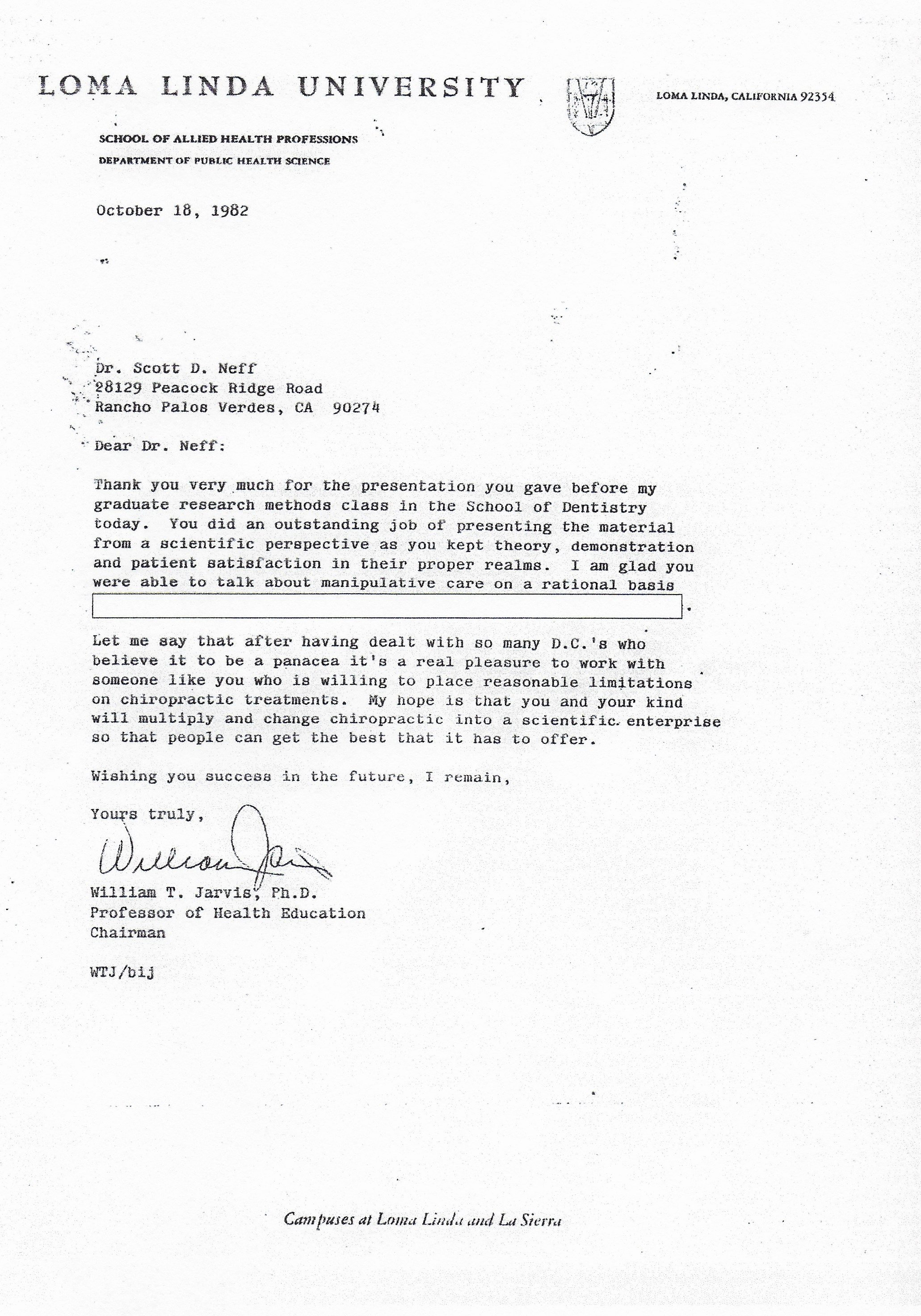
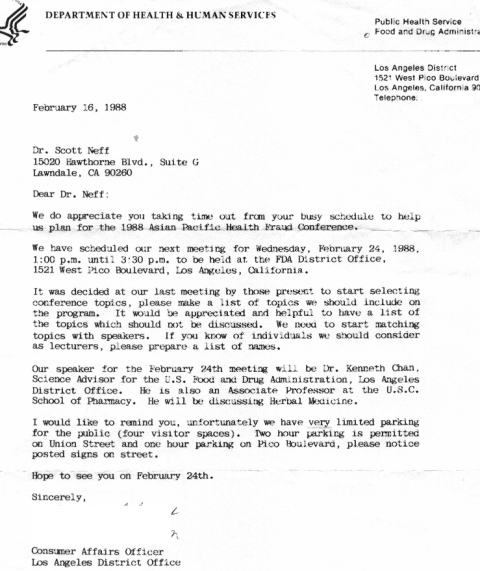
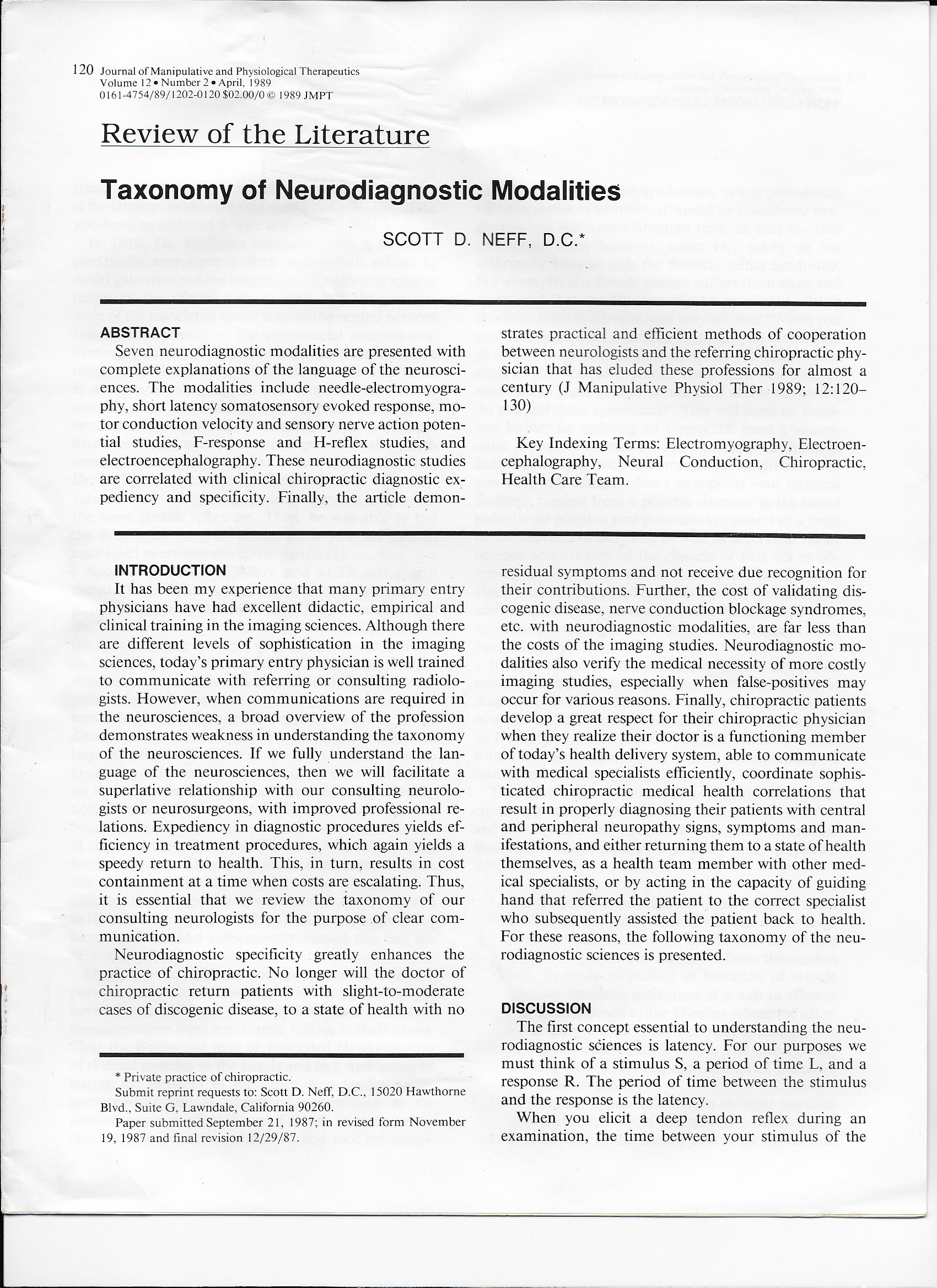
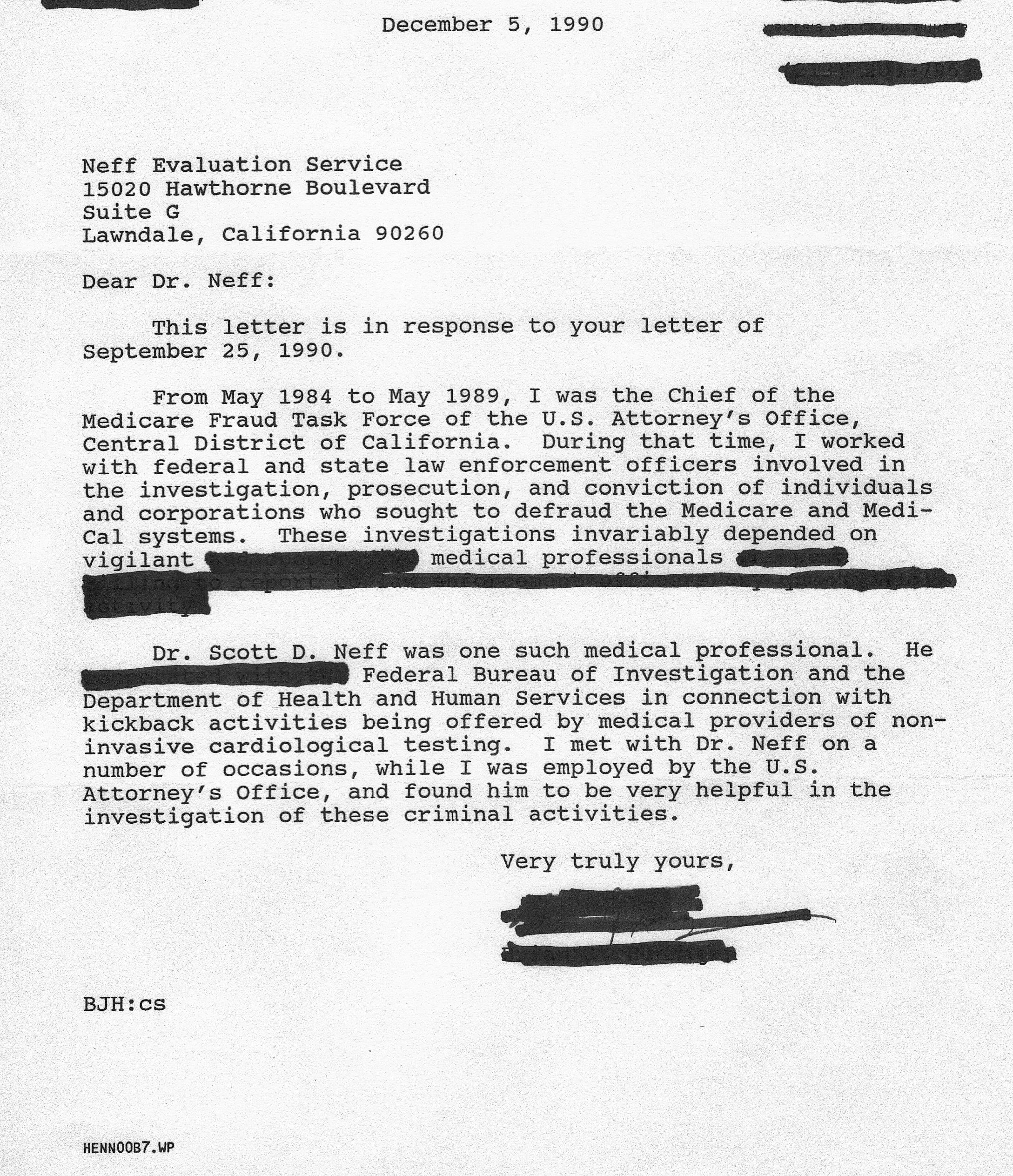
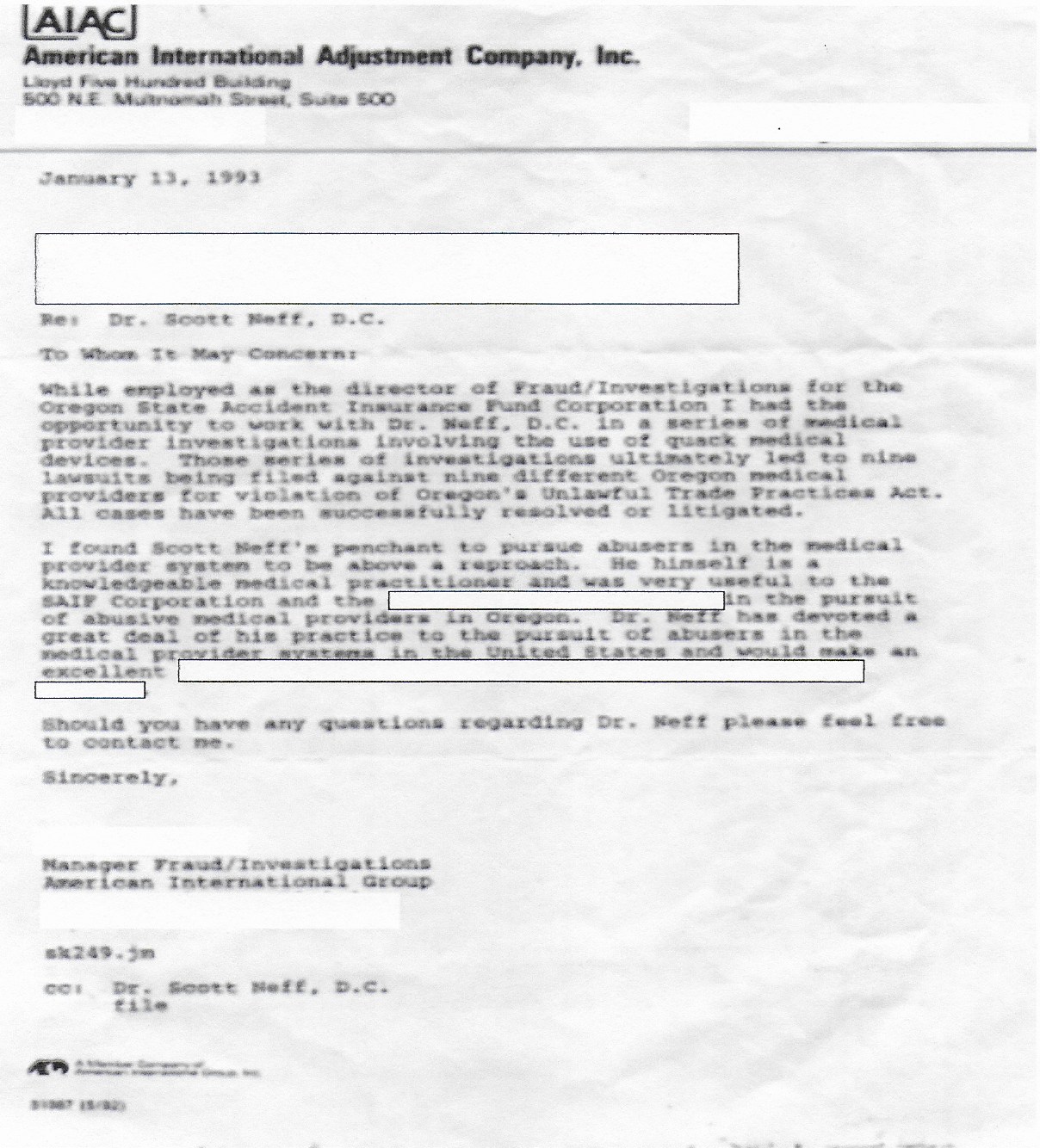
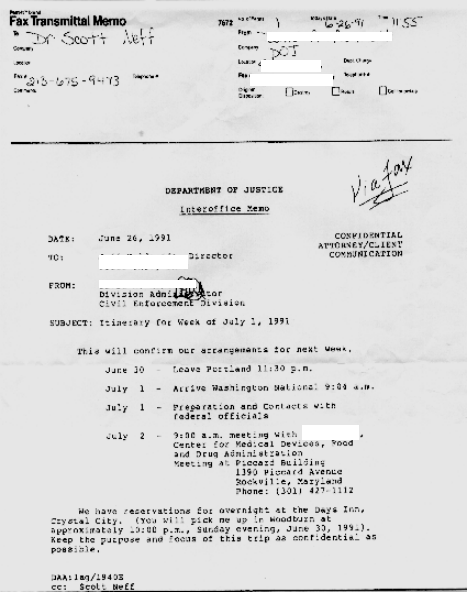
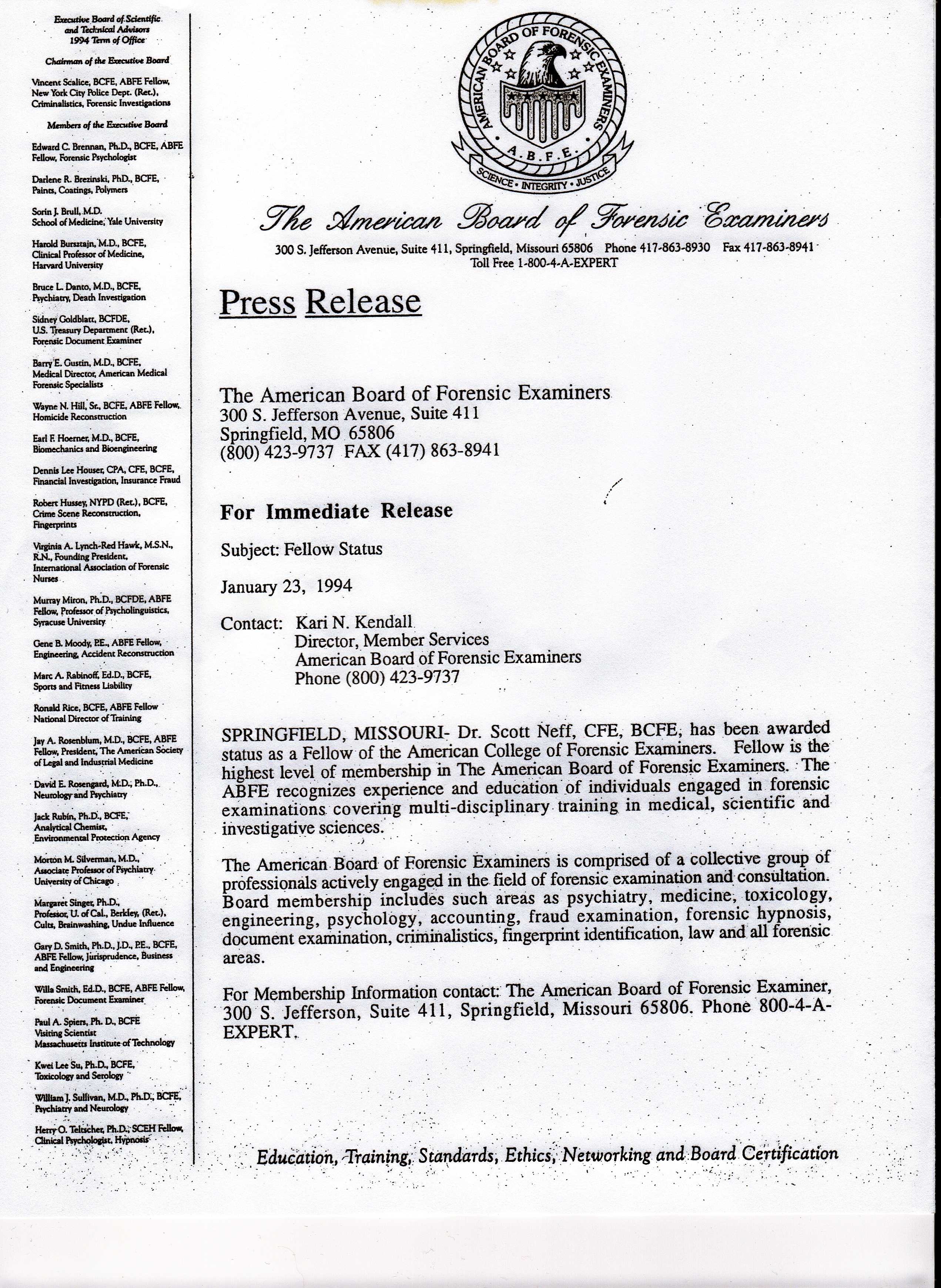

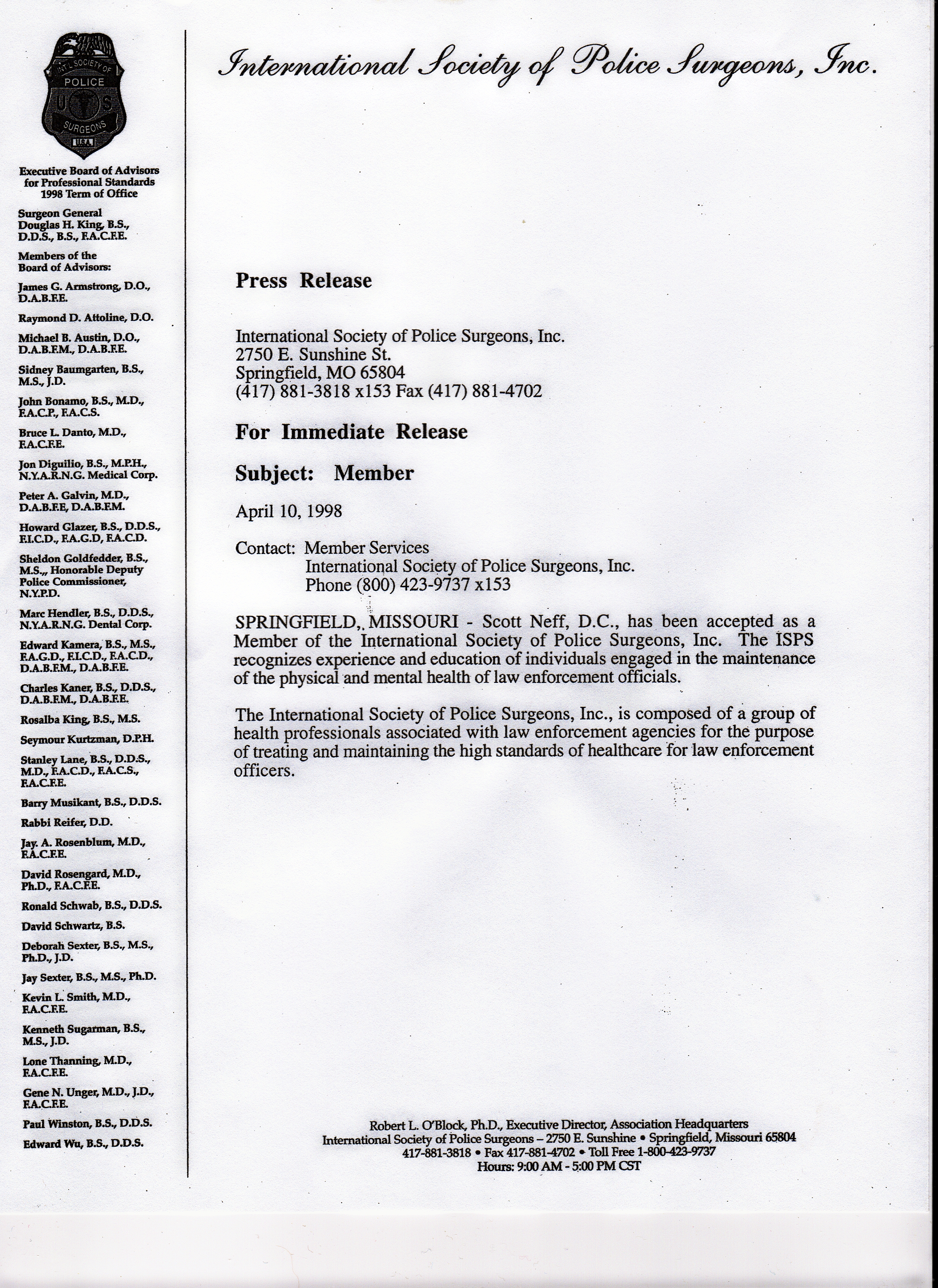
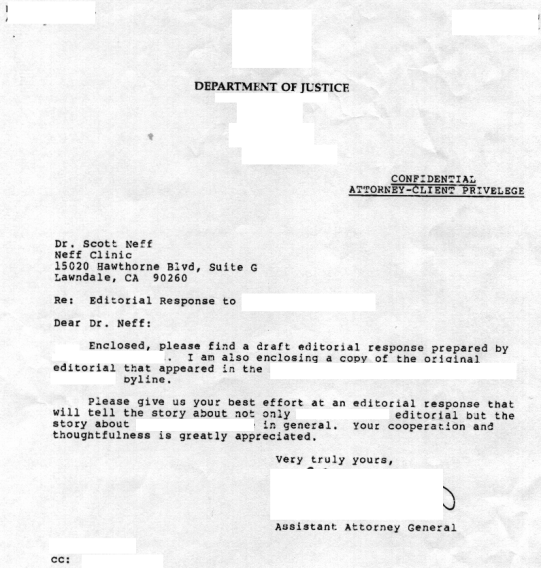
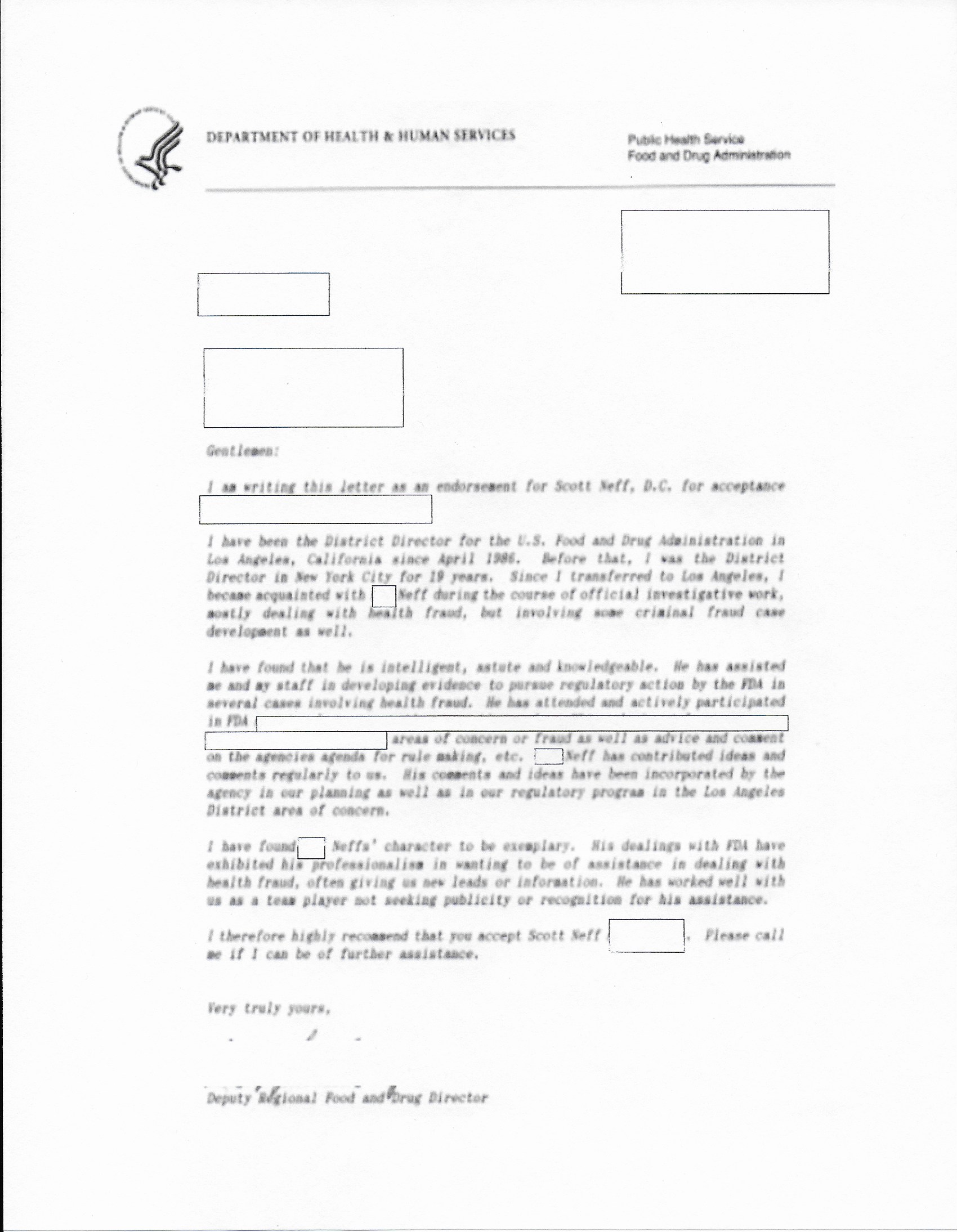
|